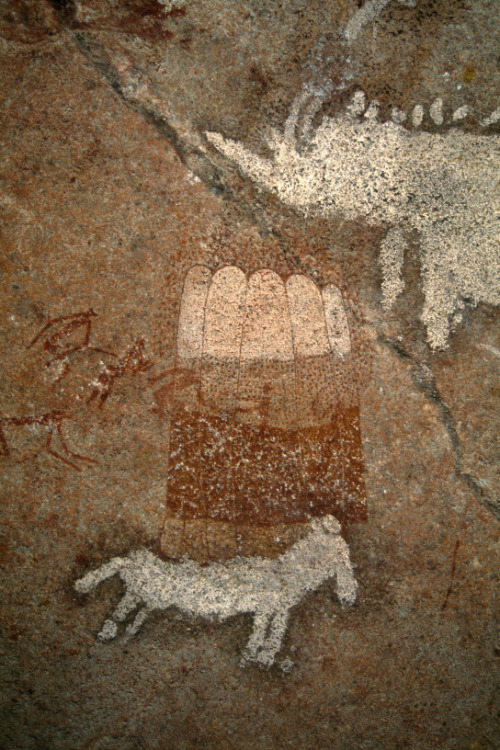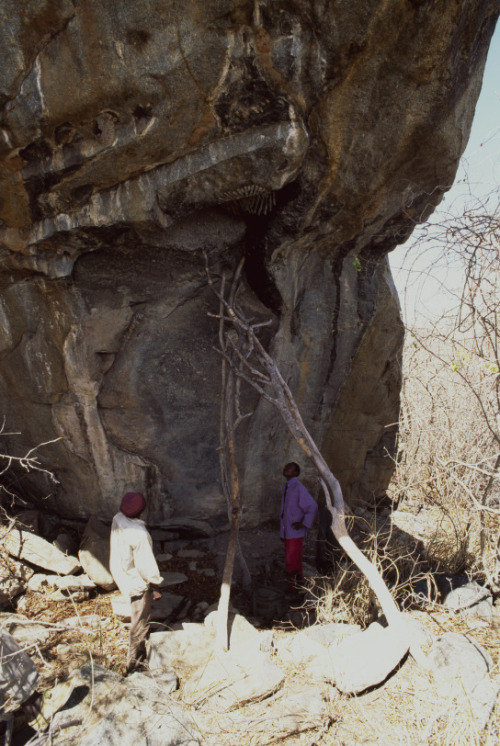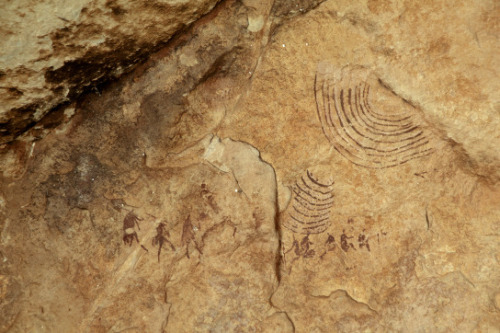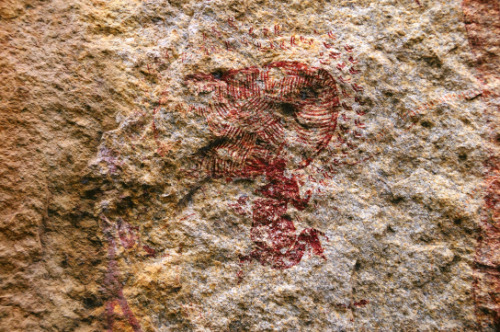theolduvaigorge: A taste for honey: bees in African rock art by Helen Anderson, Project Cataloguer o
theolduvaigorge: A taste for honey: bees in African rock art by Helen Anderson, Project Cataloguer of African Rock Art Image Project, British Museum“In Summer 2014 the green roof of the newly opened World Conservation and Exhibitions Centre (WCEC) at the British Museum became home to a colony of bees. The bees were introduced as part of an initiative by an organisation called In midtown – to boost the diminishing population of bees and train Museum staff in the craft of beekeeping. I, along with a number of keen volunteers, have taken up the exciting challenge to look after our bees on the roof on a weekly basis until September. My own fascination with bees goes back to my childhood in Norfolk. I vividly remember watching their comings and goings on an oversized lavender bush in our garden; an attraction which didn’t wane despite being stung on more than one occasion. However, my role as project cataloguer on the African Rock Art Image Project has firmly established that the human-bee relationship is one that is very likely to be several thousands, if not tens of thousands of years old. Depictions of bees, their nests and the harvesting of honey can be found at rock art sites across the African continent. Recent genomic studies indicate that the honeybee, Apis mellifera, originated in Asia around 300,000 years ago and rapidly spread across Europe and Africa. While European populations contracted during Ice Ages, African populations expanded during these periods, suggesting environmental conditions were more favourable and that, historically, climate change has had a strong impact on honeybee populations. Africa has more rock art relating to bees than any other continent where populations of bees are found (Europe, Asia and Oceania), although there are no secure dates for the origin of these images. Only a few engravings and paintings relating to bees exist in northern Africa, and these are at widely dispersed sites. The African honeybee builds a nest in dark cavities, typically trees. Where there are no suitable trees, such as in the Sahara, bees may nest in termite mounds, rock hollows, depressions or crevices, and the honeycombs of such nests are sometimes visible. In Libya, for example, nests are located in rock fractures in the steep sides of wadis (dried up riverbeds), which can be between 100 and 200 metres high. There are significantly more depictions associated with bees in the rock art south of the Sahara; why this should be the case is not entirely clear – it may be due to environmental conditions. I should, at this point, make the distinction between the activity of beekeeping in which I am engaged, and the more apt term of honey-hunters, which most closely explains the activities seen in the rock art representations of southern and eastern Africa. It has been suggested that historically hive beekeeping was never developed in these regions as there were sufficient nest sites that provided plentiful honey for local communities” (read more). (Source: British Museum) -- source link
Tumblr Blog : theolduvaigorge.tumblr.com
#apiology#honeybees#history#permaculture#pollinators#farming#gardening#growing





